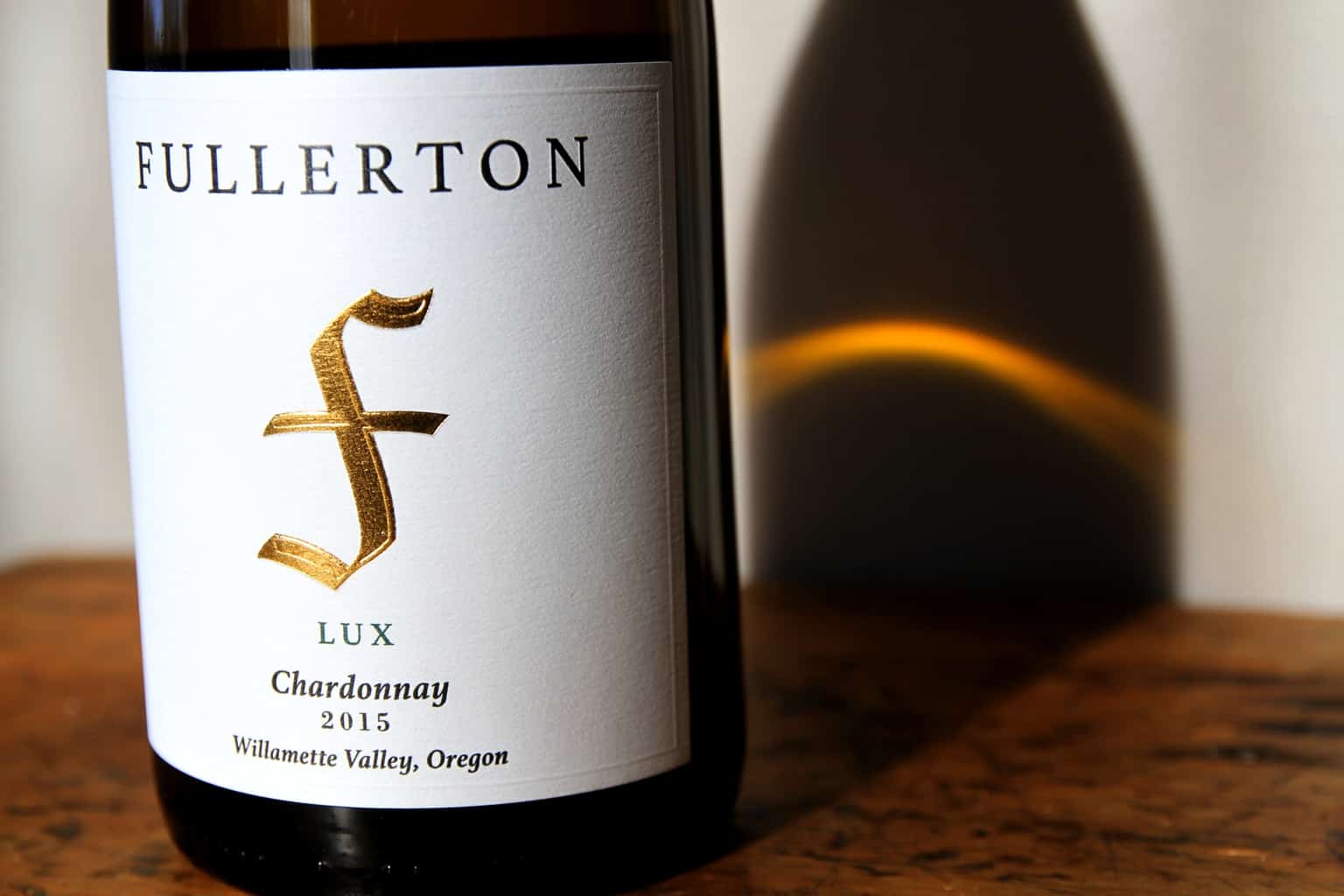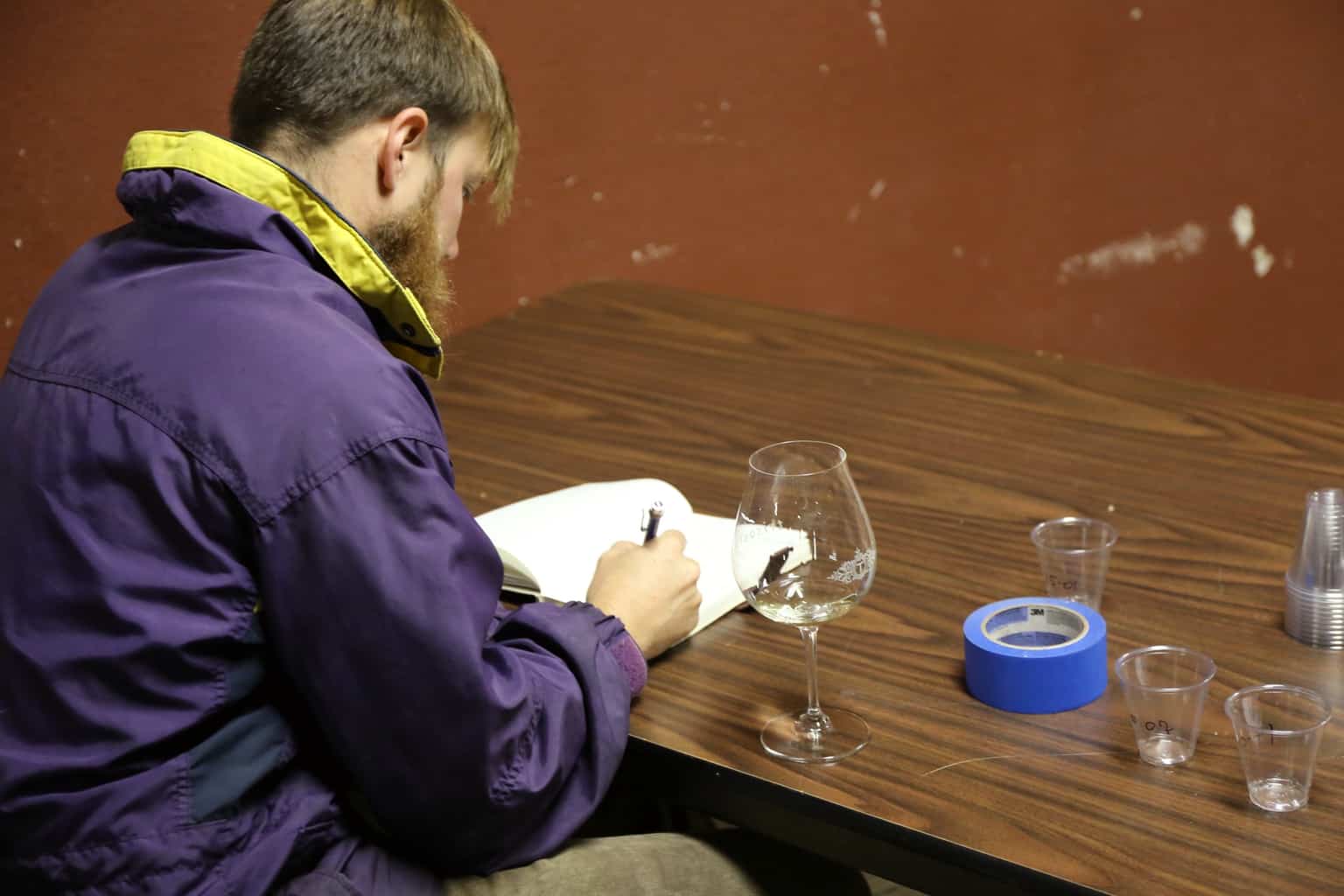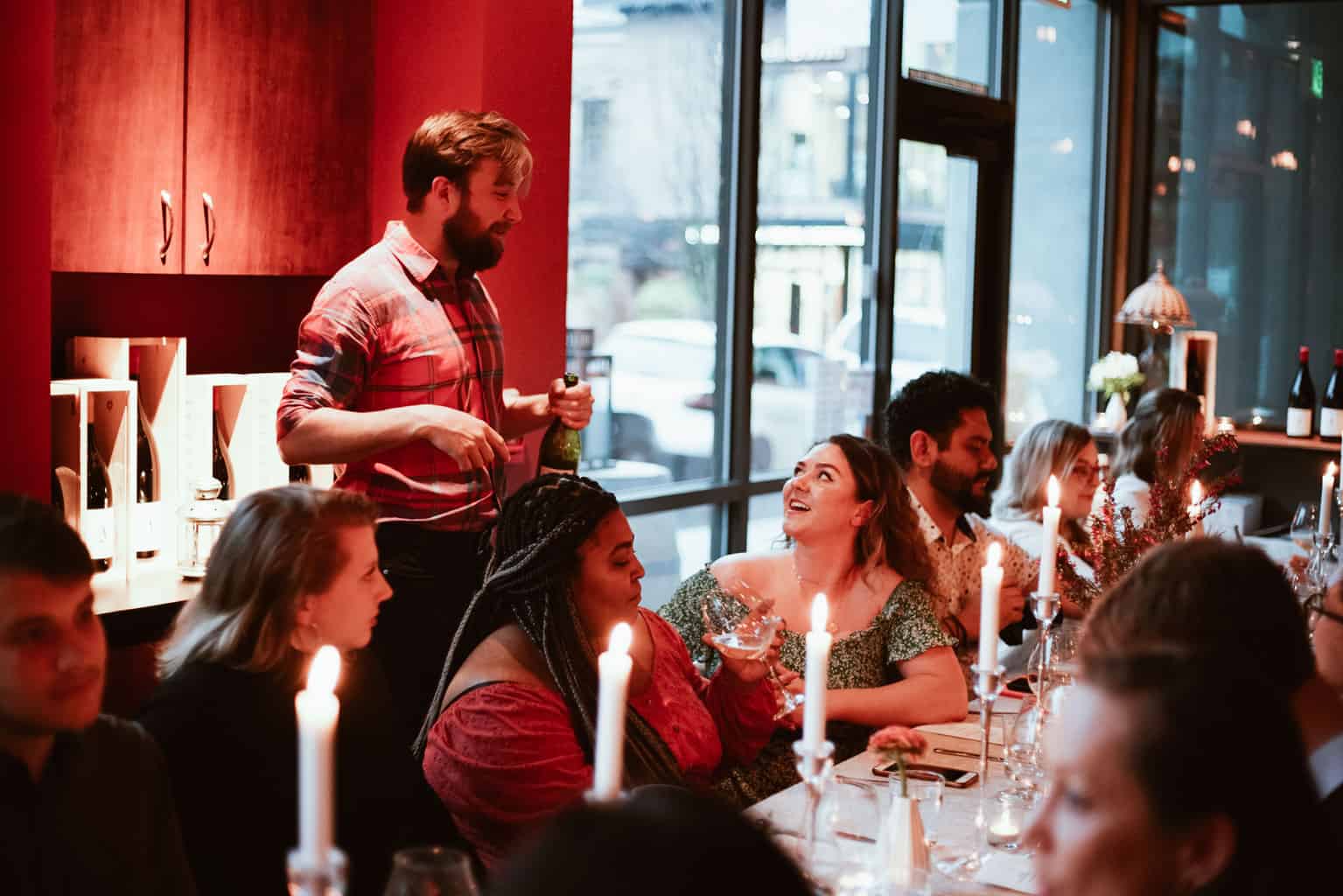Dead Yeast: The Mystery of Conversion, Abundant Life, and Death
Yeast, the converters, create the wine we all enjoy. These single-celled fungi feast upon sugars, and release CO2 and alcohol in exchange. Without yeast, we would drink super-sweet grape juice from our beloved Pinot Noir and Chardonnay vines. However, thanks to yeast, we instead relish the complex, intoxicating aromas and flavors of wine.

After dining robustly in the tanks and barrels in the cellar, yeast, the magicians, ultimately die. However, their story does not end there. In fact, it is where the focus of today’s entry begins. Once dead, yeast garner a new name—lees (fine lees, to be more specific). Formerly alive, suspended in the wine thanks to the movement of fermentation created by CO2 bubbles, the spent yeast slowly drift down through the now motionless wine. Winemakers now have an option: Age the wine in vessels with the lees, or rack (move) the wine off of the lees to age apart from the dead creators. What to do?
Alex Fullerton, winemaker at Fullerton Wines, ages all Chardonnay sur lie (on the lees). This requires an attentive eye and taste buds, as sur lie aging can produce undesirable aromas and flavors if not monitored closely. However, when tended well with consistent stirring of the lees (bâtonnage), the resulting wines can gain a marvelous, silky texture and added aromatic complexity, including nut and bread aromas.
Alex also sur lie ages roughly half of the Fullerton Three Otters Rosé. The melding of sur lie aged rosé with racked, non-lees contact rosé produces a wine with both linear, piercing brightness and suave, complex aromas and flavors.
As for Pinot Noir, Alex allows the fermented, newly-pressed wine 1-3 days of settling before moving the finished wine into barrels to age. This 1-3 day period provides time for a majority of the lees to settle out of the wine, however, ultra-fine lees remain in the wine when racked to barrel for aging. In effect, the Pinot Noir produced by Fullerton Wines benefits from a small amount of lees contact.
To date, Alex has bottled all of the wines crafted at Fullerton Wines before 12 months of élevage (aging). This means that sur lie aging has impacted the texture, aromas, and flavors of the wines, but not to the fullest degree possible. Bottling before 12 months of élevage stops short of full autolysis, when the decaying lees give up the ghost, releasing all of their peptides, fatty acids, nucleotides, amino acids, and mannoproteins into the wine. Champagne exemplifies full autolysis, while Loire Valley Muscadet represents the opposite end of the spectrum, when wine is aged sur lie, but bottled well before most autolysis occurs.
Yeast provide a lovely model for our lives—live abundantly and impactfully, so that even in death your presence can add texture and depth for those remaining. Cheers to yeast for all they contribute, both alive and dead.


